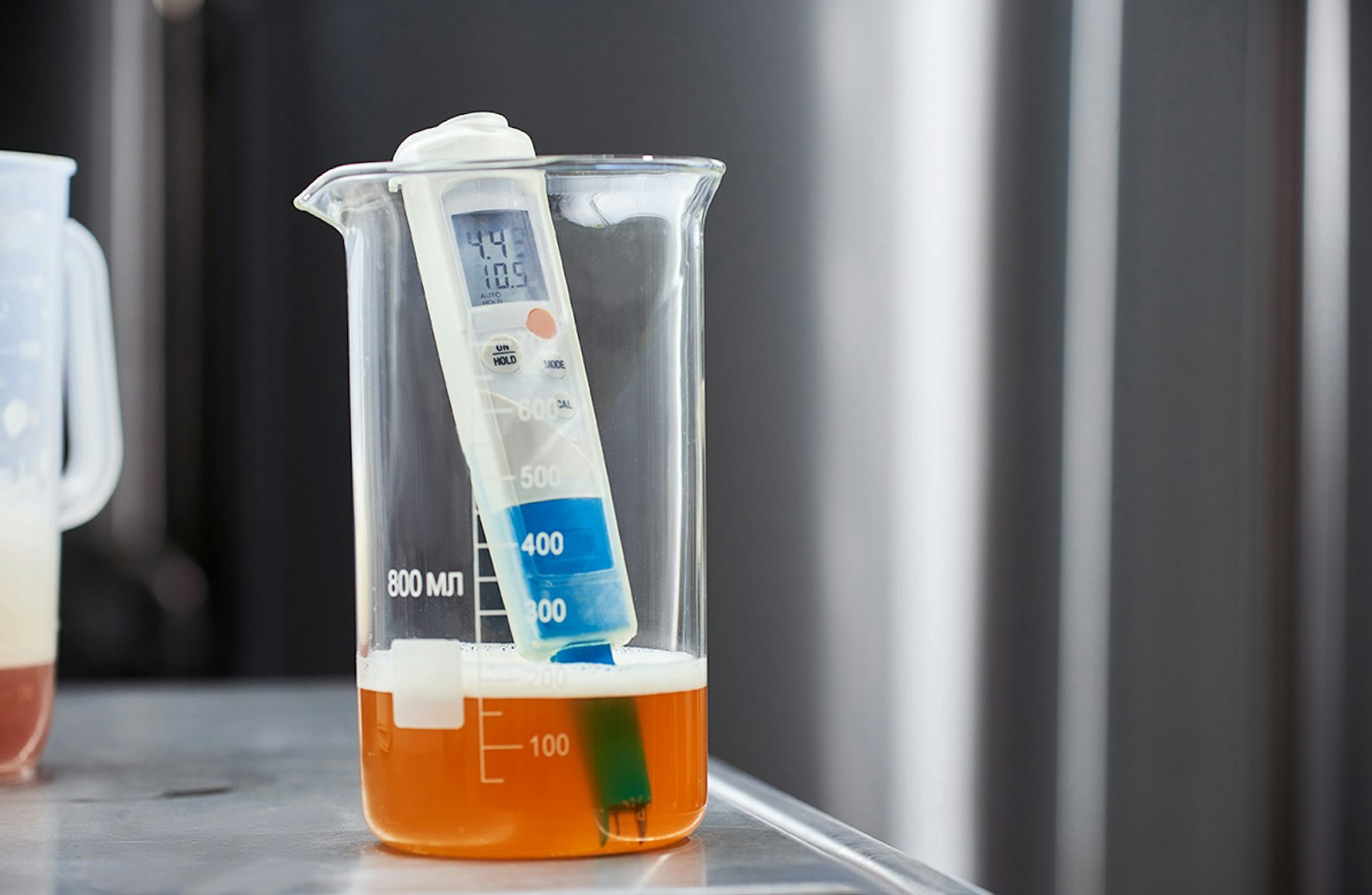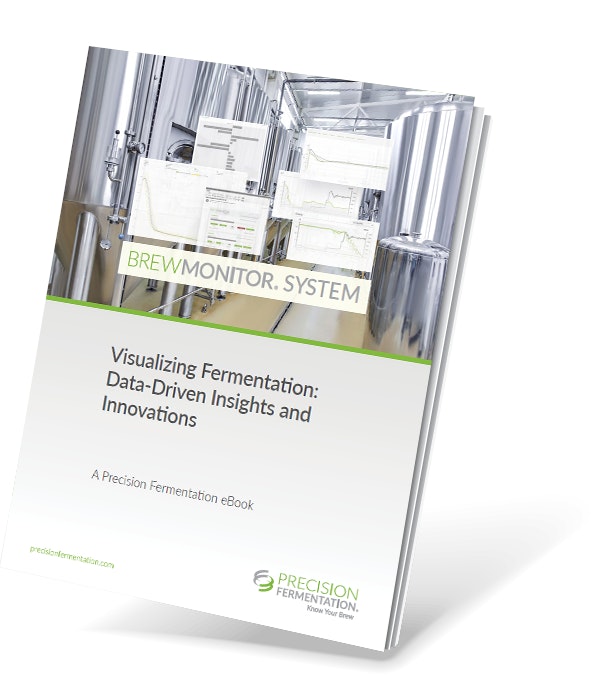SPONSORED CONTENT
In 1909, Carlsberg Research Laboratory head scientist S.P.L. Sørensen introduced the pH scale as an easy way to conceptualize the acidity of aqueous solutions. His research, funded privately by Carlsberg, was part of wider efforts to understand the biochemical processes of brewing and fermentation. However, in the following two decades, the logarithmic scale of acidity proved its importance in nearly every aspect of chemistry, biology, and agriculture.
What Is An Acid?
There are three primary definitions of “acid” in chemistry, depending on the scope and framework of the question. For the remainder of this article, we will be sticking to the oldest and simplest definition, known as the Arrhenius acid: An acid is a substance that increases the hydrogen ion concentration of an aqueous solution when added to that solution. Acidity, therefore, is a measurement of how many free hydrogen ions a solution has available to react with oppositely charged ions. These hydrogen ions are single protons with no associated electron, so they have a slightly positive charge.
Why Does Acidity Matter?
Those protons really don’t want to be alone! While they might have fun floating around in water, they will form ionic bonds with any available negative ions they find, and that can have detrimental effects on all kinds of compounds. Acids can insinuate themselves into complex protein structures, denaturing them and removing their functionality. Some metals will form salts with acids, releasing hydrogen gas and dissolving into powder. It’s not hard to see why measuring the acidity of a solution, and therefore the number of available protons, could be important for biochemists.
Brewing Chemistry
Carlsberg established its Research Laboratory to introduce scientific methods to traditional brewing practice. The brewery’s founder, J.C. Jacobson, wanted to industrialize beer-making, and he reasoned that having a deeper understanding of the science behind the processes would ease this transition. From this lab came the first pure, isolated brewer’s yeast, as well as the pH scale that we use to this day.
In the same labs, S.P.L. Sørensen was researching the effect of ions on yeast proteins, and those excitable little hydrogen ions were having a surprisingly large impact. He developed the pH scale to measure the quantity of hydrogen ions in water, reduced to a number that humans could grasp. By using the negative decimal logarithm, he made a directly proportional scale where adding millions of hydrogen ions would only decrease the pH by a few points on the scale.
Why Do We Measure Acidity In Beer?
A brewer should keep acidity in mind for every aspect of brewing, from selecting the correct metals for brewing equipment to dialing in the flavor of a seasonal fruit beer. One of the first steps of the brewing process, mashing grain, relies on the activity of the enzymes alpha-amylase and beta-amylase. These two catalysts work in tandem to convert long-chain carbohydrates into fermentable sugars, but they operate best at different pH levels. Alpha-amylase performs well in neutral solutions (around pH 7), while beta-amylase is suited for slightly acidic environments (around pH 5). Typically, the pH of a brewer’s mash will remain around pH 5.4, which is a reasonable compromise between the two amylases. However, several factors can drive the pH higher or lower, thereby inhibiting some enzyme activity, so it is important to monitor the acidity and make adjustments as necessary.
Yeast and Acid Production
Observing the rate at which pH decreases during fermentation allows brewers to monitor the health of their yeast. After pitching, yeast acidify their environment quickly through the production of organic acids to make the wort more hostile to competitive microorganisms. Issues with yeast metabolism or infection of the product can drop the pH lower than yeast can withstand, which may lead to stalled fermentations. Yeast use an ion gradient (including free hydrogen ions) across their cell membrane to facilitate the transport of nutrients in and out of the cell. Therefore, an unexpected drop in pH can reduce their ability to metabolize sugars.
Free eBook: Visualizing Fermentation
Data-driven insights are just as important now as they were when Carlsberg started research to understand fermentation. Have you seen the whole picture of your fermentations? Continuous Fermentation Monitoring allows for several key variables to be tracked, recorded, and analyzed with ease—and it allows brewery staff the increased freedom to evaluate and make decisions based on that data. In this ebook you will learn:
- What typical fermentation curves look like, and how to analyze them.
- How to detect fermenter failures and yeast vitality through data analysis.
- How to experiment with processes to decrease tank residency time through high frequency, batch-over-batch insights.
- What other fermentation products can be monitored, and much more.
Download now to discover how visualization and monitoring of several key variables can improve brand consistency and profitability.
SPONSORED CONTENT


